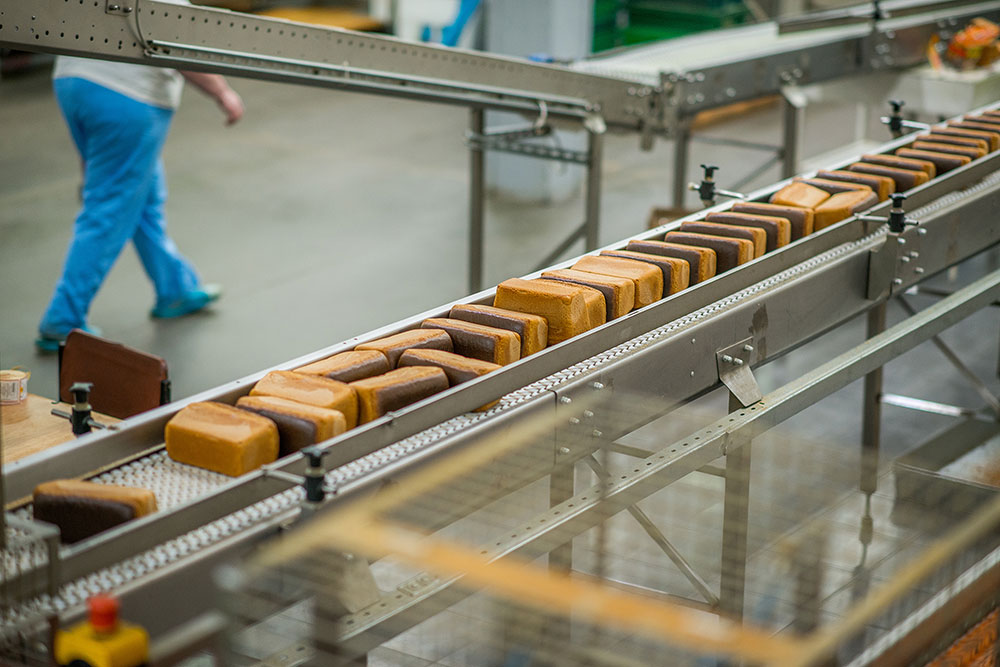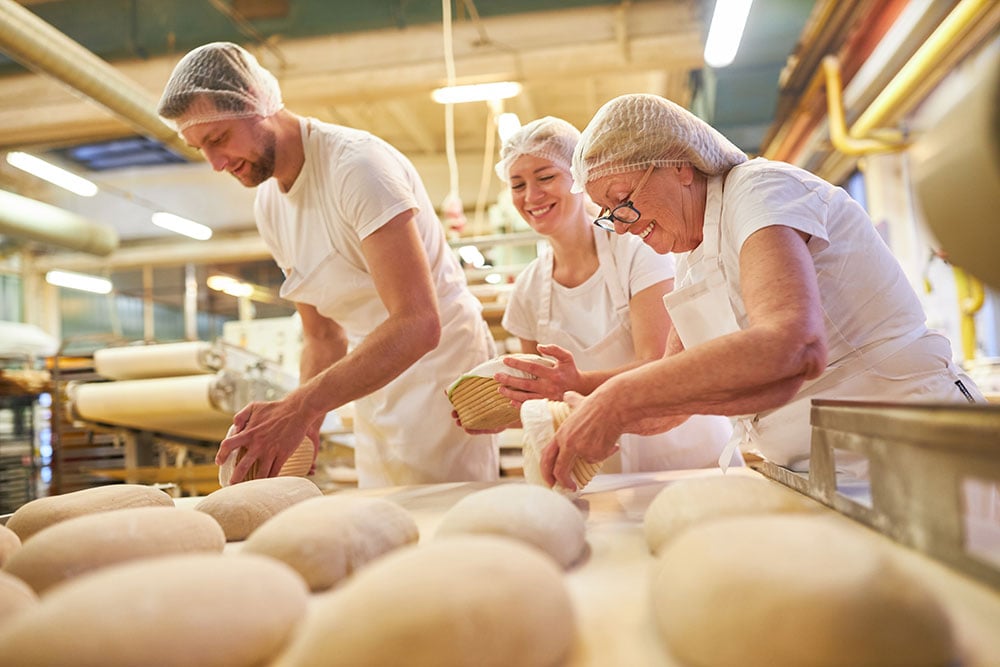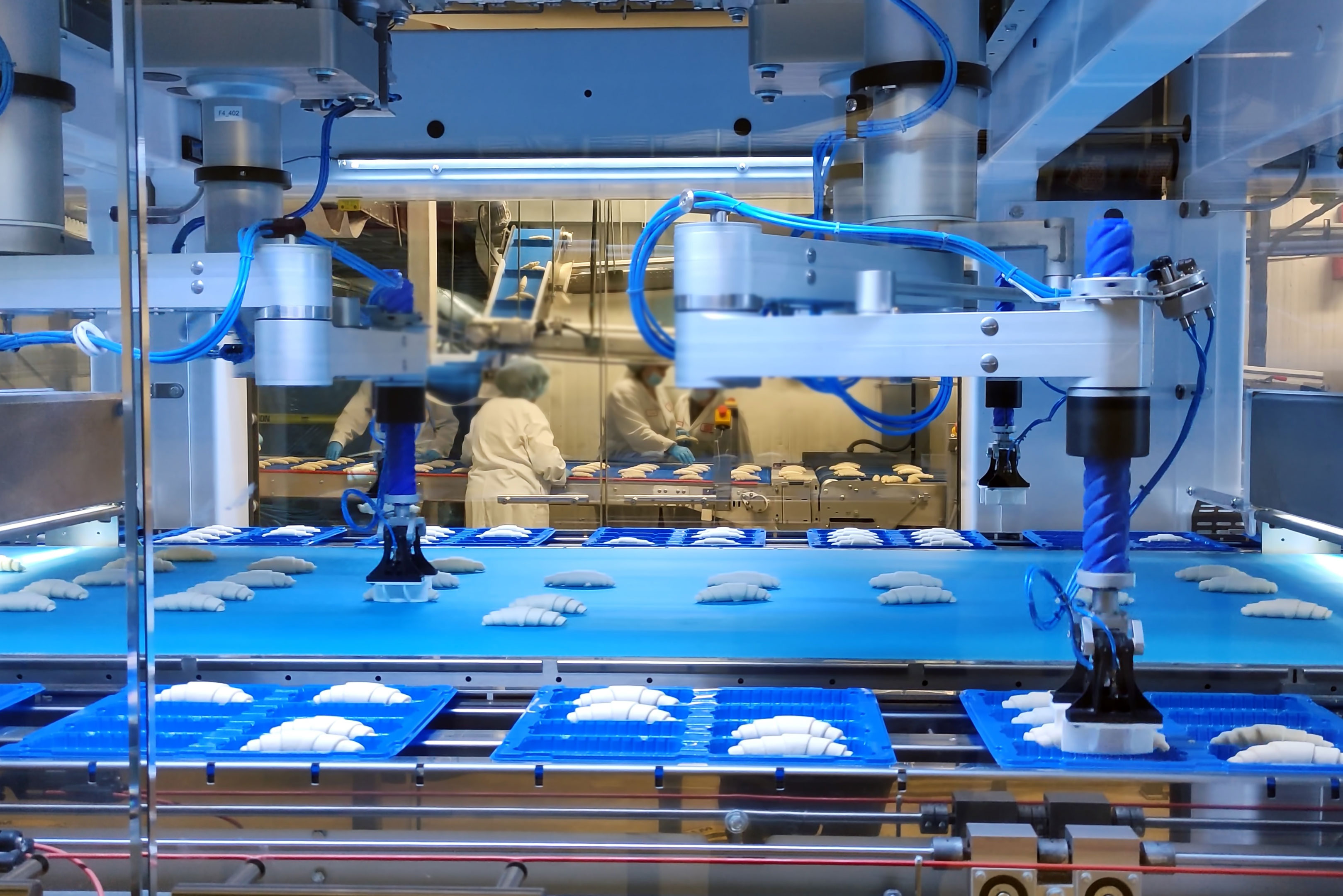Everybody loves bakeries and their irresistible scent of fresh baked, sugary goods, which is why they aren't typically a place you would associate with unpleasant odors.
However, the unfortunate truth is: it happens.
Although your customers might not be aware of the odors that develop every now and then, you should still be conscious of the deep odors inside your drainage.
What causes odors, and what are the steps you can take to eliminate them? That’s what we’re about to explain.
COMMON CAUSES OF BAKERY DRAIN ODOR
These are the most common causes of drain odor in a bakery:
A Buildup of Organic Matter
The biggest cause of drainage odor is the buildup of organic matter, like food particles and grease.While it may not create a blockage, a buildup of organic matter can become stuck inside the pipes, where they will begin to rot. Since there is no blockage, you may not realize there is buildup until the matter is rotting, which creates an unpleasant smell of rotten food or eggs.
Blocked Drain Pipes
Another very common cause of bakery drainage odor is, in fact, a blockage in a pipe. They start as a buildup of organic matter that worsens to a block, which can slow or prevent water from draining. With a blockage, you aren't just getting a foul odor; it can also attract drain flies, which aren't just a nuisance, they can be very difficult to get rid of.
Dry P-Trap
Another source of foul drain odor that can be difficult to identify is if the P-trap dries up. The P-trap is designed to always have a small amount of water, which acts as a barrier that prevents sewage gasses or odor from escaping. If the P-trap were to leak or run dry, the gasses and odors could escape and allow odor to enter the bakery.
Mold and Mildew
Mold and mildew may not be an issue you associate with drains, but it is possible. Mold and mildew thrive in cramped, damp environments. What's better than a drain? Fortunately, mold can be somewhat easy to identify; water may drain slower, and a distinct, musty odor will emanate from the drain.
Sewer Gas Leaks
Sewage gasses consist of a mixture of methane and hydrogen sulfide. These gasses can pose a serious health risk if inhaled in large concentrations. While the pipe typically traps them, those gasses can leak into the bakery if the floor traps or plumbing systems are installed improperly or damaged. This can create a health risk and result in a persistent, unpleasant odor.
PREVENTING DRAIN ODOR
Now that we know what could be causing the drain odors in your bakery. Here are some of the steps you can take towards bakery drain odor elimination.

Properly Dispose of Waste
Proper waste disposal prevents clogged drains, buildup, and odors. You want to avoid sending solid waste, food debris, and grease down the drain, which can cause these issues and prevent the drain from working properly, which leads to other issues.
Instead, install strainers that catch the waste while letting water pass through. You have to clean and sanitize the strainers regularly so that they work properly.
Clean Your Drains
Keeping your drains clean is vital to avoid odors and bacteria buildup that lead to mold growth and contamination. Cleaning your drains is a multi-step process that must be done thoroughly to ensure no bacteria is left that can cause odors or other issues. Try following these steps:
- Ensure no food waste or debris in the system and clean out the strainer basket if you have one.
- Use hot water to loosen and remove any grease
- Clean the channel with an appropriate cleaning brush and solution before flushing it with sanitizers
- Flush the drain with hot water again
Invest in High-Quality Drainage

Another great preventative measure is to install a high-quality drainage system of durable, odor-resistant materials, like stainless steel. FoodSafe Drains is a company dedicated to creating high-quality, food-safe drains. These systems use the highest quality T304 and T316 stainless steel and are NSF/ANSI/3-A certified. In other words, they have full radius edges that eliminate sharp corners that could lead to bacteria growth.
A notable system is the FoodSafe 6,000 PLUS-R Series Slot Drain, a grate-free drainage system with openings no more than 1.25" wide. It supports flow rates up to 27 GPM (per foot of drain) and offers a Load Class E, that allows it to support the weight of a forklift without damage. It comes with a tamper-proof magnetic strainer, which catches solids and is only accessible by authorized personnel with a key. It is also compatible with clean-in-place technology, which allows you to plug the system and fill it with cleaning agents on an automated schedule.
The 6,000 PLUS Series is the same in many ways but features a Load Class C, which makes it suitable for smaller bakeries that use only a pallet jack as their heaviest equipment.
KEEPING THE BAKERY SMELLING FRESH

Smelly drains are bad for business, especially for a bakery. It isn't just bad odors that will repel customers, but also drain odors that can attract pests and lead to potential health and hygiene issues. Drain odors can also get you in trouble if you are found to not comply with sanitary regulations.
Preventing these issues is vital, and involves maintaining clean drains. Make it easier for you and your employees to deal with bakery drain odor elimination and opt for a sanitary drainage system, like those from FoodSafe Drain.
Contact FoodSafe Drains today to learn more about the 6,000 PLUS-R Series and our other products and how they can help in your bakery!


